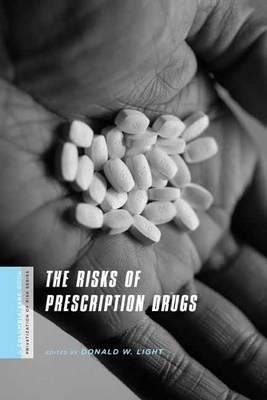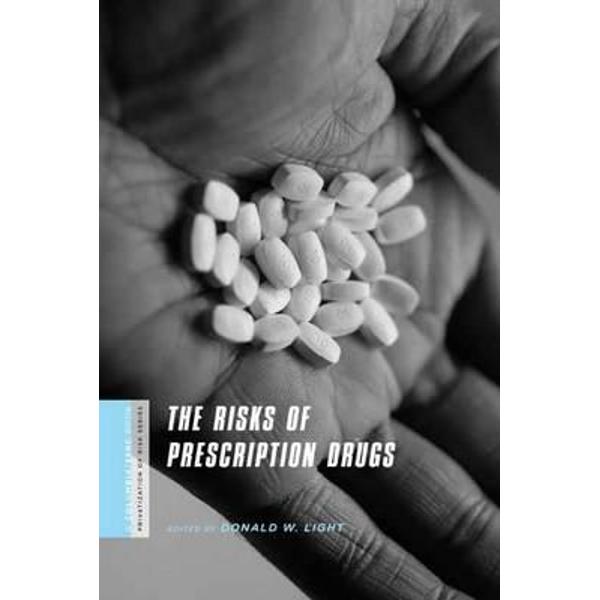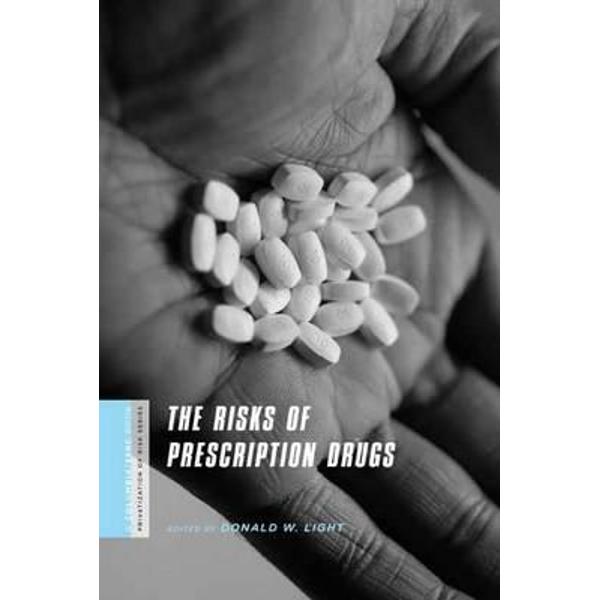Risks of Prescription Drugs
Risks of Prescription Drugs
The Risks of Prescription Drugs tackles critical questions about the pharmaceutical industry and the privatization of risk. To what extent does the FDA protect the public from serious side effects and disasters? What is the effect of giving the private sector and markets a greater role and reducing public oversight? This volume considers whether current rules and incentives put patients' health at greater risk, the effect of the expansion of disease categories, the industry's justification of high U.S. prices, and the underlying shifts in the burden of risk borne by individuals in the world of pharmaceuticals. Chapters cover risks of statins for high cholesterol, SSRI drugs for depression and anxiety, and hormone replacement therapy for menopause. A final chapter outlines six changes to make drugs safer and more effective. Suitable for courses on health and aging, gender, disability, and minority studies, this book identifies the Risk Proliferation Syndrome that maximizes the number of people exposed to these risks. Additional Columbia / SSRC books on the privatization of risk and its implications for Americans: Bailouts: Public Money, Private ProfitEdited by Robert E.
Wright Disaster and the Politics of InterventionEdited by Andrew Lakoff Health at Risk: America's Ailing Health System-and How to Heal ItEdited
PRP: 138.57 Lei
Acesta este Pretul Recomandat de Producator. Pretul de vanzare al produsului este afisat mai jos.
110.86Lei
110.86Lei
138.57 LeiIndisponibil
Descrierea produsului
The Risks of Prescription Drugs tackles critical questions about the pharmaceutical industry and the privatization of risk. To what extent does the FDA protect the public from serious side effects and disasters? What is the effect of giving the private sector and markets a greater role and reducing public oversight? This volume considers whether current rules and incentives put patients' health at greater risk, the effect of the expansion of disease categories, the industry's justification of high U.S. prices, and the underlying shifts in the burden of risk borne by individuals in the world of pharmaceuticals. Chapters cover risks of statins for high cholesterol, SSRI drugs for depression and anxiety, and hormone replacement therapy for menopause. A final chapter outlines six changes to make drugs safer and more effective. Suitable for courses on health and aging, gender, disability, and minority studies, this book identifies the Risk Proliferation Syndrome that maximizes the number of people exposed to these risks. Additional Columbia / SSRC books on the privatization of risk and its implications for Americans: Bailouts: Public Money, Private ProfitEdited by Robert E.
Wright Disaster and the Politics of InterventionEdited by Andrew Lakoff Health at Risk: America's Ailing Health System-and How to Heal ItEdited
Detaliile produsului












